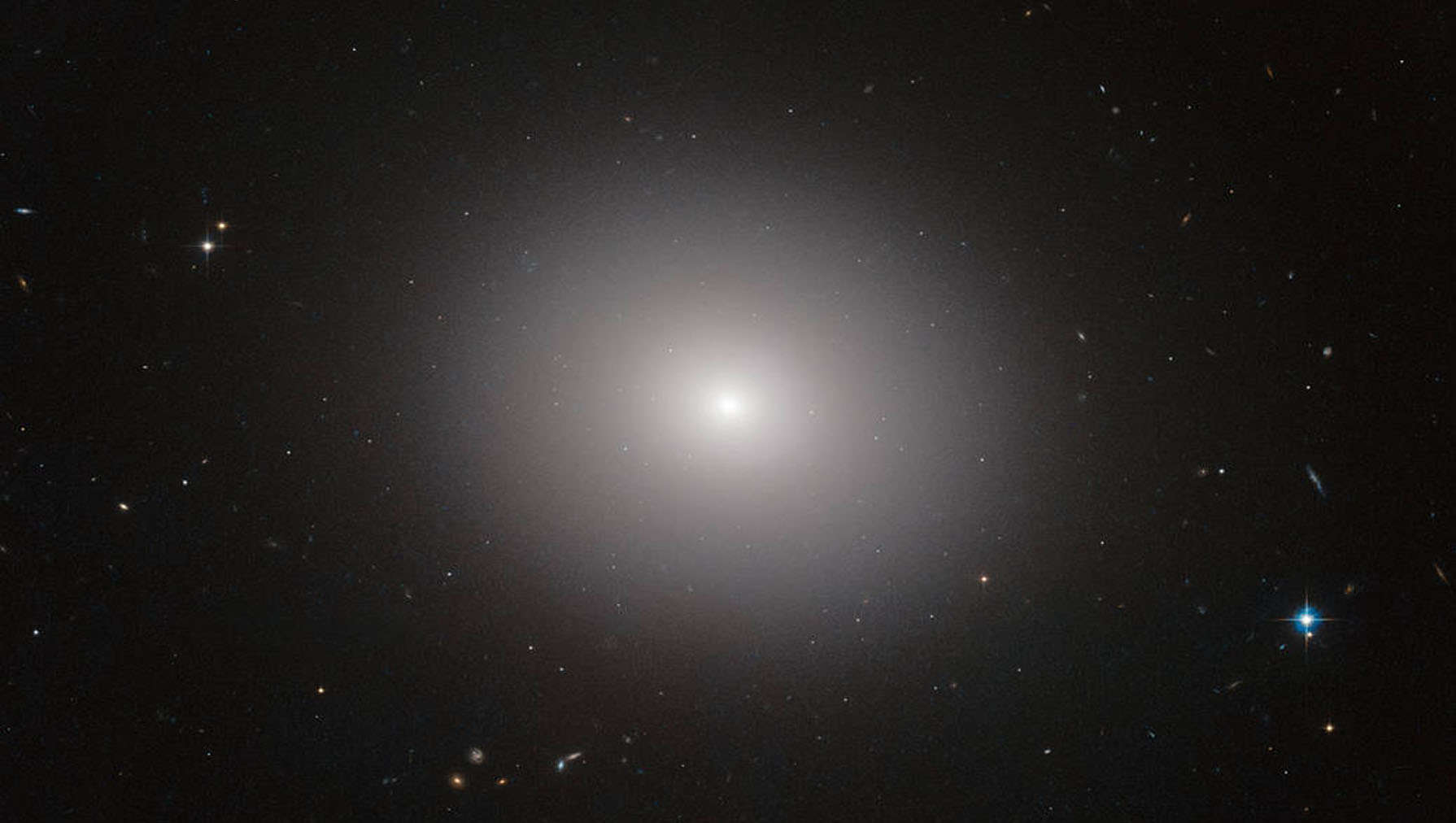Create a free profile to get unlimited access to exclusive videos, sweepstakes, and more!
Life-forms on Earth could have spawned from something that definitely wasn’t alive

Living things have always come from other living things as far back as human memory goes, but there might have been a time, billions of years before human memory, when they emerged from something else.
In the primordial ooze that once bubbled on a nascent Earth, chemical reactions occurred from which life sprang forth. It is possible the earliest life on our planet could have emerged from abiogenesis, the process by which life arises from something lifeless — not dead, but never having been alive. New research has shown that a compound which was already on prebiotic Earth might have actually put together the first strands of DNA and RNA, which carries out the directions encoded in DNA. Then things multiplied and spread and evolved and ... here we are.
“While self-replicating molecules are essential for life, they are only a part of the whole," chemist Ramanarayanan Krishnamurthy, who led a study recently published in Angewandte Chemie, tells SYFY WIRE. "With this caveat, when you try to answer the question when exactly life came to be, it would have to be understood that there needs to be a catalyst or sets of catalysts that enabled a sustainable self-replication process."
Enzymes are the catalysts that cause strands of DNA and RNA to split and replicate themselves in existing life-forms. There is just one problem. Before anything ever lived on Earth, these catalysts didn’t yet exist. DNA and RNA are not able to self-replicate that well on their own because the way they stick together inhibits the splitting of double strands. For example, a single strand of RNA acts as a sort of template. It has no problem attracting individual parts that attach themselves to it to form an identical strand.
The issue for Krishnamurthy was to get the new strand to detach so the same process can happen and it can replicate itself over and over again. “These sequences act as primordial catalysts,” he says. “However, this is not a long-term solution. As the strands get longer, the need for more sophisticated catalysts (like enzymes) become critical for a sustainable self-replication process. Life probably emerged when catalysts with enzyme-like properties made the first self-replication processes efficient and sustainable.”
Krishnamurthy found a possible solution for that. Diamidophosphate (DAP) is a compound that is thought to have already been on Earth when it was still devoid of living organisms. DNA and RNA were previously thought to have emerged at the same time, so both would have been around for the reaction to happen.
Nucleosides and nucleotides are believed to have existed before enzymes. These nitrogen-based compounds encode, transmit, and express information from genes. Deoxynucleosides are the main components of DNA, which make up the double helix as pairs of adenine and thymine, or guanine and cytosine. DAP reacts best with these nucleosides when they are heterogeneous as they are in actual DNA. There are two reactions that happen when it interacts with the compound 2-aminomidazole, which is related to amino acids.
“I hypothesize that DNA and RNA arose together from chemistries that are similar to both of these molecules,” Krishnamurthy says. “One of them is phosphorylation chemistry that enables activating the building blocks of DNA and RNA and string them together in a similar manner. These common chemistries enable a co-formation and co-evolution of RNA and DNA.”
The introduction of DAP to 2-aminmidazole causes phosphorylation, or the introduction of a phosphate group to an organic molecule, and forms molecules (called oligomers) with identical repeating units. Basically, these processes can potentially allow DNA to replicate without enzymes. The research team’s experiments created chimeras, obviously not clones of the mythical lion-goat-serpent monster, but DNA molecules manipulated by humans.
It is possible that in the beginning, DAP could have somehow pieced together deoxynucleosides into DNA and similar ribonucleosides into what became RNA. Somehow the idea of something lifeless spawning life is unnerving and fascinating all at once.
“Since it is impossible to know exactly what happened on early Earth, because we have no chemical clues that are available from that time, these types of chemical investigations are more of a 'reinvention,'” Krishnamurthy says. “DAP chemistry can inform us as to what chemical processes are plausible towards producing molecules that may tell us about early abiotic processes leading to the beginnings of life on Earth.”


























